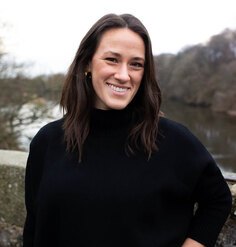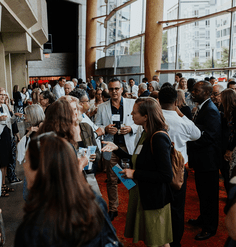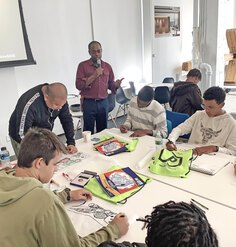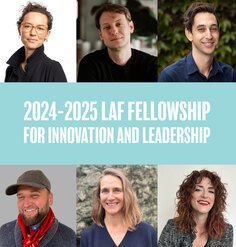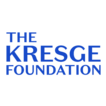Six Selected for New LAF Fellowship for Innovation and Leadership
The Landscape Architecture Foundation is thrilled to announce the Fellows and recent Olmsted Scholars selected for this inaugural year of the LAF Fellowship for Innovation and Leadership. Each Fellow receives a $25,000 award to support the pursuit of their proposed project. Over the course of the yearlong fellowship, Fellows dedicate 12 weeks of time to their project and participate in three, 3-day residencies in Washington, D.C. Participating LAF Olmsted Scholars have the unique opportunity to develop and advance their ideas alongside the LAF Fellows in preparation for a future fellowship, partnership, or funding opportunity.
Each of the selected fellowship participants put forth ideas that have the potential for profound change toward environmental and social equity and investment in the future of the landscape architecture profession. The 2017-2018 fellowship year kicks off at the first residency on May 4-6 and concludes in Spring 2018 with a final symposium to showcase completed work.
We look forward to working with this inaugural cohort as they tackle these important challenges and issues.
Meet the 2017-2018 LAF Fellows
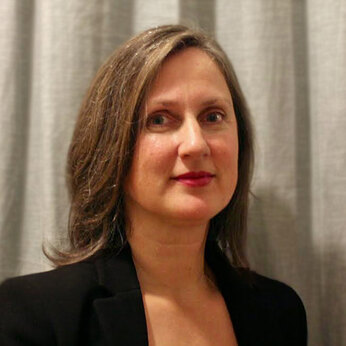
Claire Latané, Senior Associate, Mia Lehrer + Associates, Los Angeles, CA
Advocating for Landscape Policy Progress at LAUSD Schools
A growing body of research points to the restorative and academic benefits of trees, green views, and multi-purpose landscapes for school children. And yet, most school districts do not mandate multi-purpose landscapes. Schools that do have these landscapes are located in predominantly white, advantaged neighborhoods. Often even these schools have classrooms with covered windows and playground policies that prevent students from accessing the nature right outside.
Los Angeles Unified School District (LAUSD) is the second largest school district in the United States. What are the obstacles to implementing multi-purpose landscapes at LAUSD schools? How can we advocate for LAUSD to update its landscape policies to reflect the research? How can we communicate the importance of landscape to those making daily decisions that could allow children to access the restorative qualities of nature? It is time to catalyze the elevation of school landscapes in a district that can set an example. This project will leverage Claire’s writing and advocacy background to develop a communications initiative focused on changing policy and practices to revalue landscape in schools.
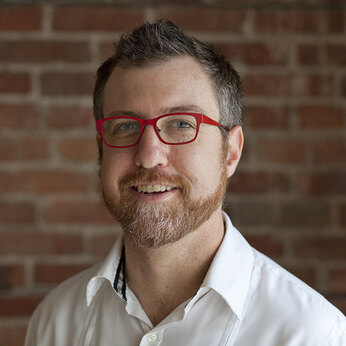
Brice Maryman, Senior Landscape Architect, MIG l SvR, Seattle, WA
HomeLand
With compassion, respect and empathy, the HomeLand project intends to present proactive strategies that respect each individual’s “right to housing” and “right to the city,” while also enhancing public spaces that are significantly impacted by our current, haphazard strategies for managing homelessness. The project will explore the spatial manifestations of homelessness on the urban landscape, document current management approaches, and offer comprehensive, community‐based spatial strategies at the region, city and neighborhood scales to create better, more successful public spaces for all.
Brice is looking to develop proactive, multi‐scalar spatial strategies that government agencies, nonprofits, designers, and politicians can implement in their communities. The project will position landscape architects as uniquely qualified to develop a comprehensive, adaptable landscape management strategy that works for both for those experiencing homelessness and other public space users.
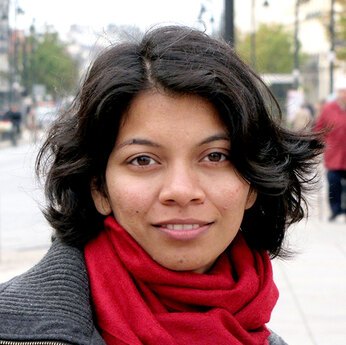
Alpa Nawre, Assistant Professor, Kansas State University, Manhattan, KS
Transforming Landscape Architecture Practice Through Resilient Water Management in India
Landscape architecture is a little-known profession in India. About 800 landscape architects serve a country of over 1.25 billion people. This is a missed opportunity for the profession to engage with pressing questions that deal with how resources such as food, waste, and water can be better managed through the design of the built environment. This entrepreneurial project proposes to create a landscape infrastructure plan for an existing settlement in India by conducting research on local materials, plant palette, and construction practices that aid in resilient water management, designing and testing a part of the plan by implementing it on-site, and including the public and the policymakers in the entire process. By exploring designs for sustainable water management in the context of a developing country, this project will contribute to new knowledge in landscape architecture, provide a hands-on service-learning opportunity for landscape architects and students, increase public awareness of the discipline, and set new benchmarks for its practice in India.

Nicole Plunkett, Landscape Architect, Cotleur & Hearing, Jupiter, FL
Creating Future Landscape Architects Through Education
Nicole looks to expand on the foundation she has built through her non-profit, the Future Landscape Architects of America (FLAA), to work towards the profession’s goals of increased advocacy and diversity. FLAA connects educators with practitioners and provides well-developed curricula and engaging projects to support the K-12 student discovery of landscape architecture. Established and founded by Nicole in 2015, the program has grown into a state-wide organization within Florida. FLAA has a volunteer committee of 16 landscape architects from Miami to Jacksonville and support from the University of Florida and Florida International University landscape architecture departments. Nicole has laid the groundwork in establishing a successful program that provides opportunities for students to learn about the profession and looks forward to making these resources available nationwide.
Meet the Olmsted Scholar Participants
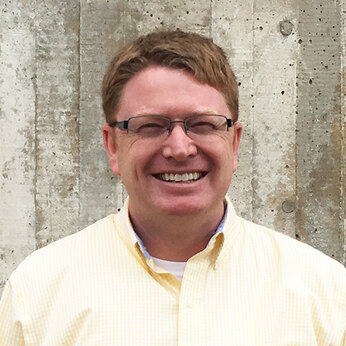
Scott Douglas (2016 Olmsted Scholar), Lecturer, Iowa State University, Ames, IA
Multi-Purpose Highway Corridors
The United States of America is crisscrossed by networks of highways, railroads, and utility corridors, each of which was designed to serve a single purpose: move people and/or goods from point A to point B. However, a majority of these corridors encompass more space than they utilize, resulting in swaths of unused spaces, particularly along perimeter edges. Repurposing these unused spaces could transform the corridors into multi-purpose corridors, while continuing to support their original purpose. Scott’s thesis project, “Interstate Interventions”, explores possible improvements that could be implemented on the estimated 58,000 acres of planted shoulders and medians along the Interstates in the state of Illinois.
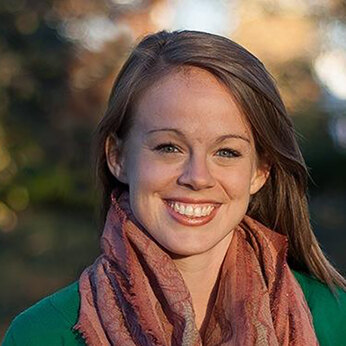
Harriett Jameson (2014 Olmsted Scholar Finalist), Landscape Designer, Michael Vergason Landscape Architects, Alexandria, VA
Delta Terra
The Mississippi Delta Region is the most distressed region in the United States. Like its sister Appalachia, to the east, it is a rural region that has suffered enormous loss in the past 50 years due to sweeping changes in its main industry, agriculture. It is plagued with high rates of blight, poverty, obesity, environmental degradation, and opioid addiction. These issues are manifest in and exacerbated by the rural cultural landscape of the region—where access to health care, public space, and public transportation are rare, if existent at all. Harriett’s project aims to push the urban-centric profession of landscape architecture outside of its comfort zone, to address contemporary issues facing the rural 85% of this country’s terrain. It seeks to help the region and its people by presenting creative, landscape-driven solutions to the obstacles inherent in the cultural geography of the Mississippi Delta Region, in particular, and rural geographies of the U.S., in general.
